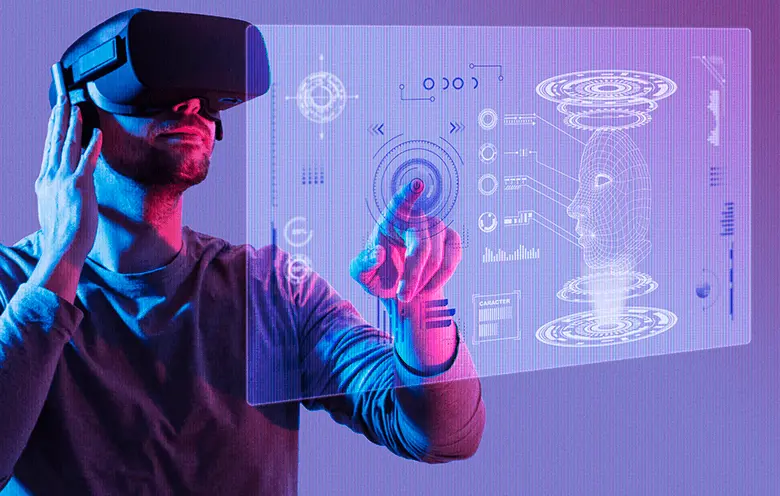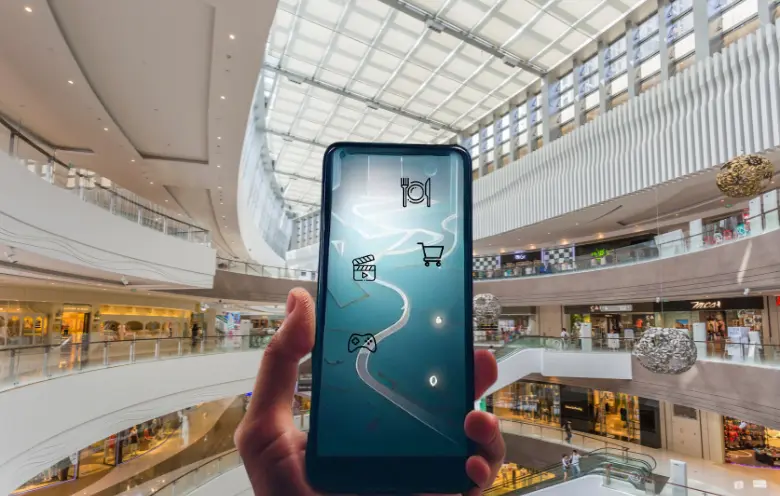Google and Apple have been in a tug-of-war to beat each other in the sector of new and innovative technologies with their OS platforms. Augmented reality (AR) development is now the center of attention in the consumer market due to its improved level of accessibility and usability. Soon after the launch of ARKit for iOS, Google launched ARCore for Android.
The ARCore SDK provides the right mix of the physical and digital environments using which you can get practical experience of playing with virtual objects – for example, a unicorn in a parking lot, or a dinosaur at your workplace, etc. Google’s ARCore platform supports building augmented reality apps that will integrate digital experiences into the physical world through Android smartphones and tablets.
- Pricing calculation errors related to multiple pricing models, managing discounts, etc.
- Unreliable and unrealistic traditional processes lead to weeks of back-and-forth.
- Lack of collaboration between the client and the production or engineering department.
- Other challenges include a longer quote-to-order cycle, eroding profit margins and error-prone orders.

Streamline sales process with Augmented Reality (AR) product visualization
Webinar agenda
- Why manufacturers should realize the importance of Augmented CPQ
- Common challenges faced by manufacturers to close deals faster
- Ways to streamline sales process using Augmented CPQ
The nitty-gritty of Google’s ARCore
ARCore is Google’s latest AR SDK aiming to bring the power of augmented reality to Android smartphones with OS 7.0 (Nougat) and higher versions. It is the successor to Google’s Project Tango. Although Google has not officially phased out Tango, the hardware-centric platform is certainly on its way out since even after three years, there are only two phone models that support it (Lenovo Phab 2 Pro and Asus ZenFone AR). Tango was developed by Google’s Advanced Technology and Projects group.
ARCore, on the other hand, does not need special sensors and Google is hoping that over time most Android phones will be capable of running it. ARCore has been developed by a collaboration between Google’s Android team and VR group.
This SDK will allow the devices to detect the physical objects in the environment and display AR content. The AR mobile application will make use of smartphone sensors to detect light, patterns, as well as motion.
ARCore basics
Hardware and software – ARCore works with Android studio, Java/OpenGL, Unity, and Unreal.
Device compatibility – ARCore is available on all the devices running Android Nougat and higher versions. It also supports Google Pixel, Pixel XL, Pixel 2, Pixel 2 XL, and Samsung Galaxy S8 smartphones.
Documentation & demos – Google’s official website has a link to download the ARCore SDK. The site also has a detailed explanation of its features and a guide on how to get started with Android AR app development.
Key capabilities
ARCore is better equipped for immersive AR experiences
- Light estimation: By detecting the surrounding light in an environment ARCore makes it easy for developers to light virtual objects in such a way that they match their surroundings and make their appearance more lifelike.
- Light estimation: By detecting the surrounding light in an environment ARCore makes it easy for developers to light virtual objects in such a way that they match their surroundings and make their appearance more lifelike.
- Motion tracking: With the phone’s camera to observe feature points in the room and IMU sensor data, ARCore detects both the position and orientation (pose) on the phone as it moves. Virtual objects will remain properly placed.
- Light estimation: By detecting the surrounding light in an environment ARCore makes it easy for developers to light virtual objects in such a way that they match their surroundings and make their appearance more lifelike.
- Motion tracking: With the phone’s camera to observe feature points in the room and IMU sensor data, ARCore detects both the position and orientation (pose) on the phone as it moves. Virtual objects will remain properly placed.
Unique characteristics
ARCore can manage large maps, gather and store localization data as compared to ARKit, which uses a particular ‘sliding window’ that can only store a limited amount of location data restricted to the recent past. Another distinctive feature of the ARCore framework is – VPS (Visual Positioning System) somewhat related to indoor navigation. This will spot the location within the room and users in the same environment can share items. Also, if one person manipulates an object in the room, then it would be visible in another person’s device.
Why ARCore will make AR accessible to the masses
Android is the largest mobile platform in the world with over two billion active devices. Although ARCore only supports a few devices right now, Google plans to make it available for 100 million devices by the end of its preview period.
The final say
The augmented reality space is coming up with out-of-the-box development SDKs to make AR development seamless for the developer community. Now with the ARCore platform, you can build powerful augmented reality apps for travel, shopping and more. If you have an augmented reality app development idea, consult our team of AR experts to make it happen.


